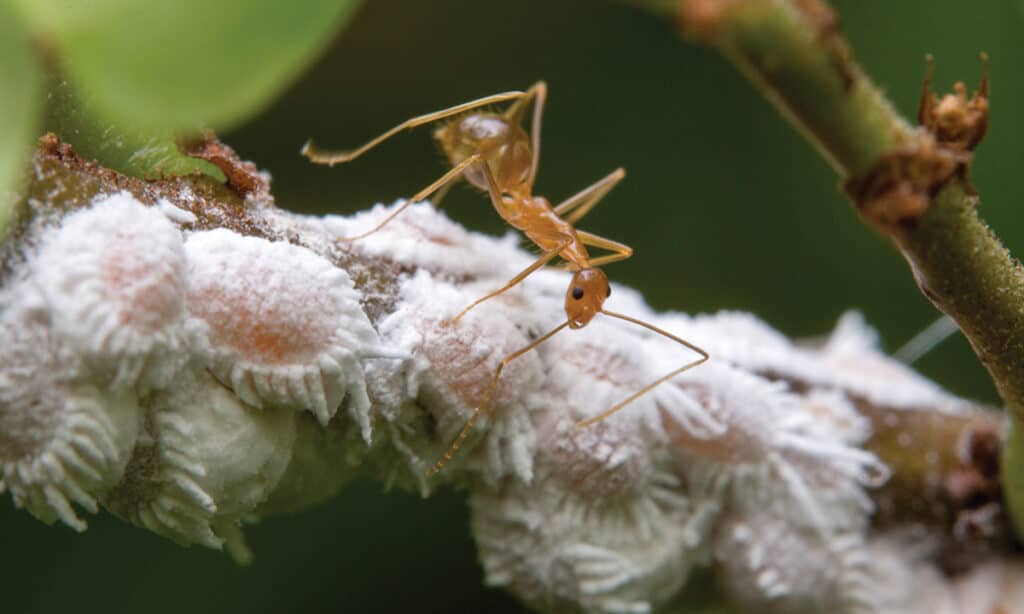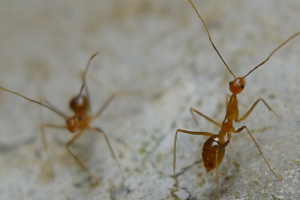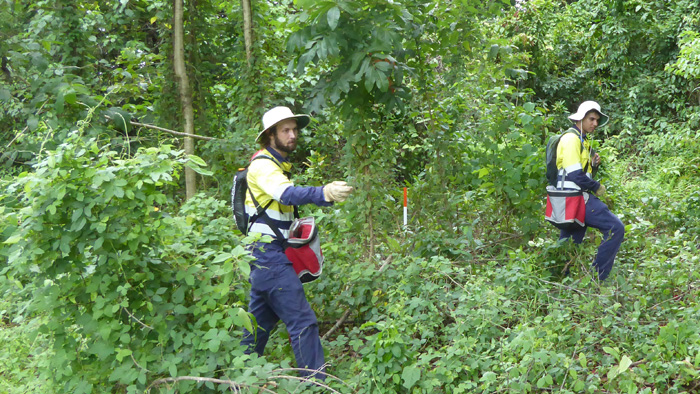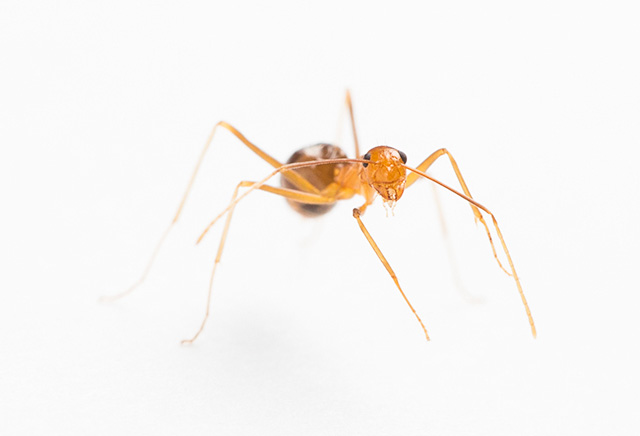Townsville
One of the world’s worst invasive species, the yellow crazy ant, is a growing problem in and around Townsville, in north Queensland).
Funded by the John T Reid Charitable Trusts and a Queensland Government sustainability grant, the Invasive Species Council provided two part-time staff to bolster control efforts by the Townville City Council. From June 2018 to December 2020 the ISC team – together with a dedicated group of volunteers – undertook regular ant treatment and monitoring at Nome and other sites.
“Initially the ants were everywhere,” our assistant community coordinator Janet Cross remembers. “They were injuring – and sometimes even killing – animals like kangaroos, dogs and chooks.”
The good news is that ongoing monitoring indicates the ants have been eliminated from Nome. This shows that with the right resources, techniques, partnerships and commitment, these ants can be defeated. The bad news is that there are still several nearby infestations, at Douglas, Mount St John, Black River and Alligator Creek. And while the Townsville City Council continues monitoring and treating the outbreaks, they have only a limited budget for a relentless task.
We have worked with Townsville City Council, Biosecurity Queensland, the Wet Tropics Management Authority and James Cook University to develop a 10-year plan to eradicate yellow crazy ants from the Townsville area. At around $3.2 million dollars a year the cost is minimal compared to the damage the ants will do to agriculture, tourism and the environment if they continue to spread.
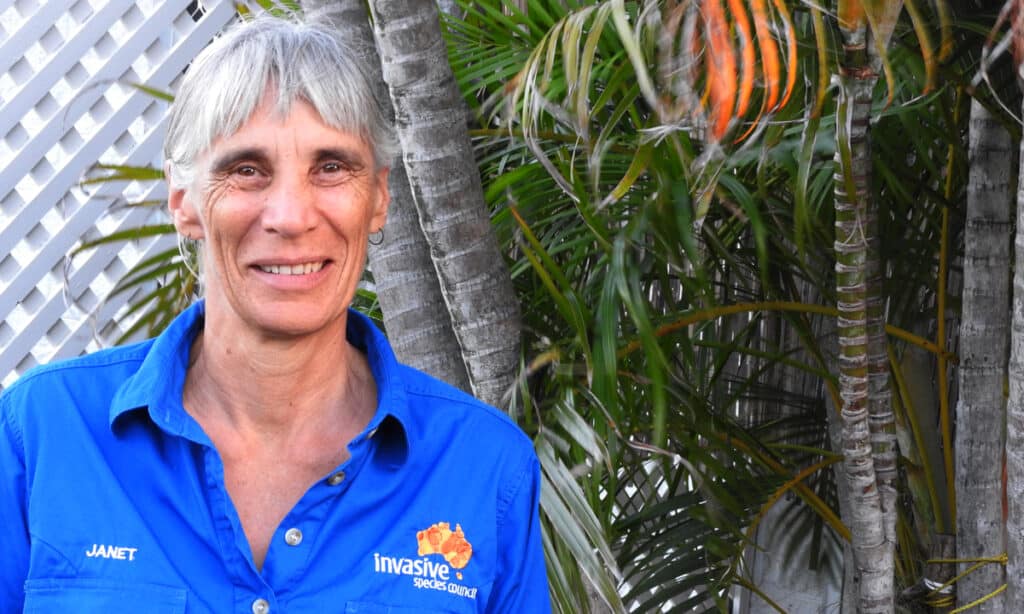
What’s next?
It is clear the Townsville City Council needs help. The ants continue to spread and treatment is just keeping the known infestations at bay. The stakes are high. Only a properly funded eradication program can stop these ants becoming a major threat and spreading further. We need to secure $3.2 million a year for a jointly funded federal and state government yellow crazy ant eradication program for Townsville.
Cairns
Yellow crazy ants were detected in Cairns in 2001 and a program funded by the Australian and Queensland governments to eradicate them from the Wet Tropics World Heritage Area started in 2020. The program remains on track to achieve eradication of this grave threat to the Wet Tropics World Heritage Area. The project team of 22 staff and 30 contractors is supported by odour detection dogs and a research program with James Cook University, also having strong links to the sugar cane industry, turf farms, plant nurseries, property developers.
Good progress has been made. Some 85% of the 2135-hectare infestation area has been fully treated and is now subject to long-term monitoring and spot treatment. But to fully eradicate the ants will take many more years of painstaking work and the funding to do the job remains insecure. In 2019, by working with local businesses and community groups, the Invasive Species Council helped secure funding until June 2022.
Yellow crazy ants do not bite, but spray formic acid to blind and kill their prey. Once the ants reach super colony levels they can become a severe threat to people, especially children and the elderly, as well as pets. They can damage household electrical appliances and wiring.
An independent review by Melbourne University in 2019 of the program to eradicate yellow crazy ants from the Wet Tropics World Heritage Area found that the ants remain eradicable and that without this program, the socio-economic costs would exceed $700 million over the subsequent seven years. If left unmanaged, they would put at risk a tourism industry worth $2 billion a year.
Yellow crazy ants are also a huge threat to agriculture in warmer regions. By farming sugar-secreting scale insects and encouraging sooty moulds, they can dramatically reduce the productivity of crops such as fruit trees and sugar cane.
What’s next?
We need to put pressure on the federal and state governments to jointly fund the $6 million a year program until the job is done and yellow crazy ants are fully eradicated from the Cairns area. This will be a critical opportunity in the lead-up to the 2022 federal election.
